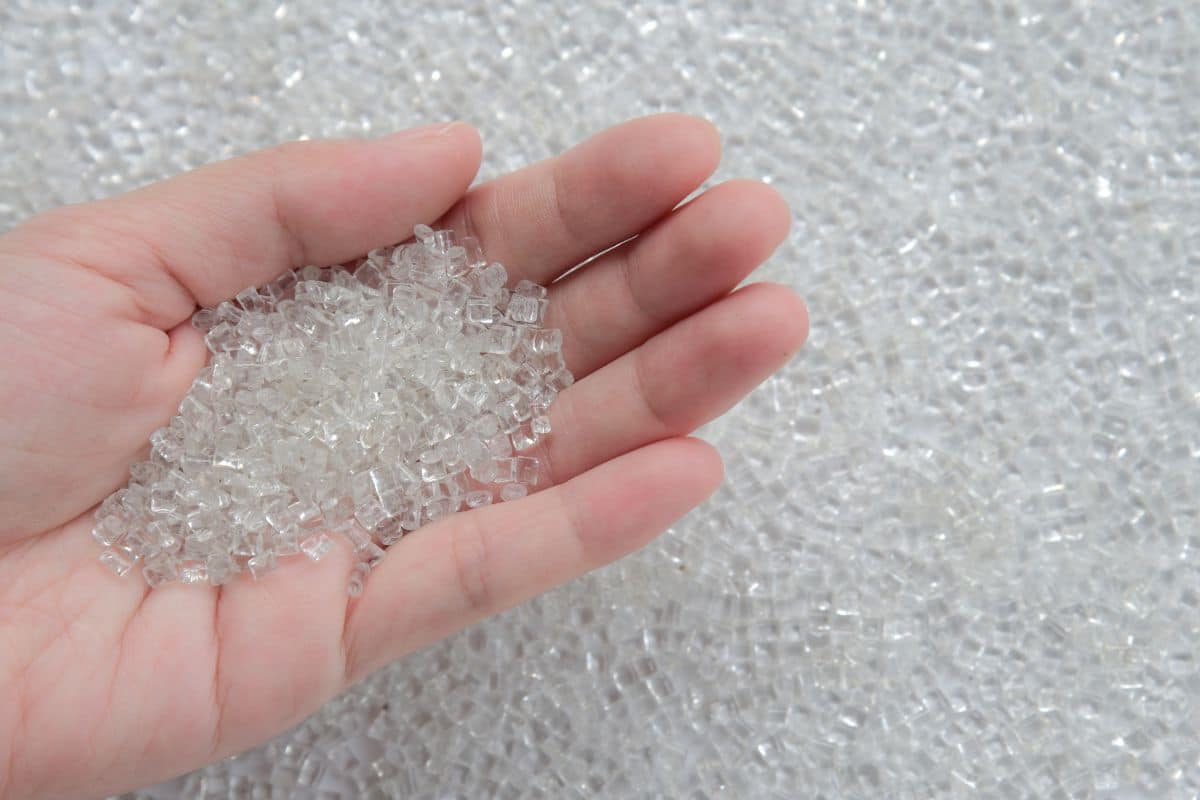Polyester stands as one of the most common synthetic fabrics in modern wardrobes. Its durability and wrinkle-resistance make it a practical choice for everyday clothing and household textiles. However, many people wonder about polyester’s reaction to heat, particularly whether it shrinks like natural fibers such as cotton or wool. Understanding polyester’s properties can help you properly care for your garments and extend their lifespan.
Understanding polyester fabric properties
Polyester is a synthetic fiber made from petroleum-based chemicals through a process called polymerization. This manufacturing process creates long chains of polymers that form extremely stable molecular structures. Unlike natural fibers that contain moisture-absorbing properties, polyester’s synthetic composition gives it inherent resistance to many environmental factors.
The key characteristics that make polyester popular include:
- Exceptional durability and strength
- Resistance to stretching and shrinking
- Quick-drying capabilities
- Wrinkle and stain resistance
- Color retention
These properties stem from polyester’s molecular structure. When manufacturers create polyester, they essentially produce a plastic in fiber form. The polymer chains align during production and become highly resistant to structural changes from heat or moisture. This stability is why polyester generally maintains its shape and size better than natural fibers.
While caring for polyester requires less maintenance than organic fabrics, it’s worth noting that even synthetic materials require proper care. Much like keeping plants like basil alive depends on specific conditions, maintaining polyester’s integrity also requires following certain guidelines.
Does polyester actually shrink?
The short answer: polyester can shrink, but not easily. Unlike natural fibers, polyester has high resistance to shrinkage under normal washing and drying conditions. However, when exposed to extreme heat—far beyond typical household laundry temperatures—polyester can indeed shrink.
Most polyester garments will maintain their original dimensions when washed in warm or cool water and dried on low to medium heat settings. The shrinkage threshold for pure polyester typically begins around 155-178°F (68-81°C), temperatures that exceed standard household dryer settings.
When shrinkage does occur in polyester, it’s usually minimal compared to natural fibers. While cotton might shrink 5-20% after the first wash, polyester typically shrinks less than 1% under normal care conditions. This stability makes polyester an ideal choice for garments that need to maintain precise dimensions over time.
It’s important to note that many modern garments labeled as “polyester” actually contain blended materials. Polyester-cotton blends, for instance, may shrink more readily because the cotton component responds to heat and moisture. Checking your garment’s exact composition can help predict how it might behave during laundering.
Factors affecting polyester shrinkage
While pure polyester resists shrinkage, several factors can increase the likelihood of dimensional changes:
- Extreme heat exposure – Temperatures exceeding 175°F can cause polyester fibers to contract
- Fabric blends – Polyester mixed with natural fibers inherits some shrinkage properties
- Manufacturing processes – Pre-treatments and finishing methods affect stability
- Age of the fabric – Older polyester may become more vulnerable to heat damage
The quality of polyester also plays a significant role in its resistance to shrinkage. Higher-quality polyester typically undergoes additional stabilization processes during manufacturing. These treatments help reinforce the polymer structure against thermal deformation, making premium polyester even more resistant to shrinkage.
Just as removing stubborn stains requires understanding specific cleaning approaches, preventing polyester shrinkage requires knowledge of how heat affects synthetic fibers. The key to maintaining polyester’s dimensions lies in avoiding excessive heat during both washing and drying.
Environmental factors can also influence polyester’s behavior. Extended exposure to sunlight can weaken polyester fibers over time, potentially making them more susceptible to shrinkage when later exposed to heat. This degradation process usually takes years but can be accelerated in harsh conditions.
How to prevent polyester from shrinking
Maintaining your polyester garments’ original dimensions is relatively straightforward if you follow these care guidelines:
Use appropriate water temperatures for washing. Cold or warm water settings work best for polyester. Hot water isn’t necessary for cleaning polyester and might contribute to minimal shrinkage over time. Modern detergents work effectively even in cold water, which also helps preserve product labels like organic certification seals on garments.
Opt for gentle machine cycles when possible. While polyester is durable, aggressive washing actions can still stress the fabric structure. A gentle cycle reduces mechanical wear while still providing adequate cleaning.
Select lower heat settings for drying. Low to medium heat settings on your dryer are safest for polyester items. Better yet, consider air-drying polyester garments to completely eliminate heat-related shrinkage risks.
Avoid direct ironing when possible. If you must iron polyester, use the synthetic/low heat setting and consider placing a cloth barrier between the iron and the fabric. Some modern polyester blends are designed to resist wrinkles, making ironing unnecessary.
For specialty polyester items or valuable garments, professional dry cleaning may be the safest option. Professional cleaners understand how to handle synthetic fabrics without risking dimensional changes.
When storing polyester items, keep them away from heat sources and direct sunlight. Just as organic sprouts require specific storage conditions to maintain freshness, polyester benefits from proper storage to preserve its qualities over time.
By following these guidelines, your polyester garments should maintain their original dimensions and appearance for years to come, demonstrating why polyester remains a practical choice for everyday clothing and household textiles.

